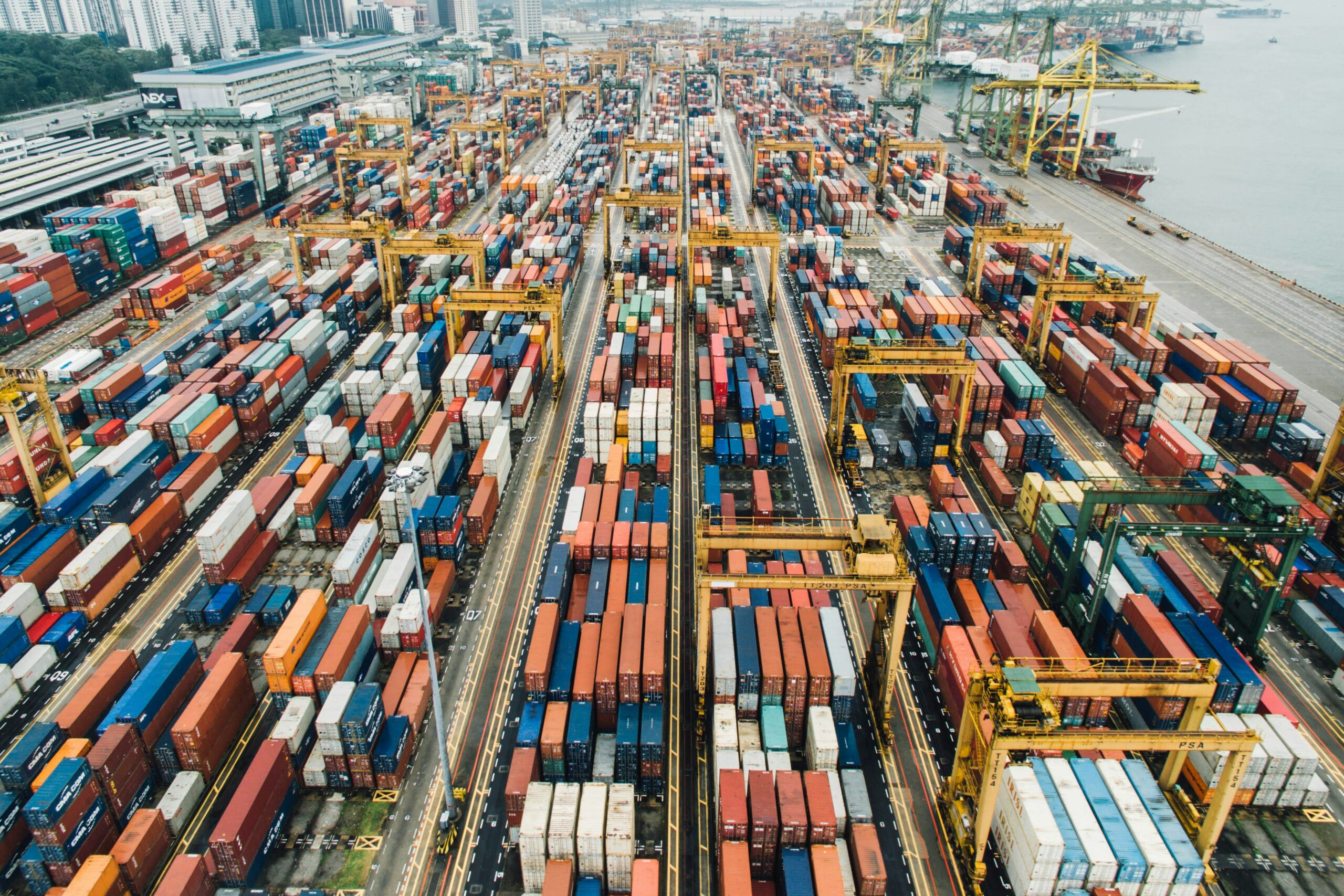ESG Risk in Supply Chains: From Footnote to Strategic Priority
Environmental, Social, and Governance (ESG) risk in supply chains is no longer a footnote in supplier selection. Instead, it has become a strategic variable—one that defines how companies are valued, regulated, and trusted. In 2025, few areas expose ESG vulnerabilities more than the modern supply chain.
For enterprise procurement, compliance, and sustainability leaders, the stakes have never been higher. A single ESG misstep—whether due to forced labour, excessive emissions, or governance failures—can result in reputational damage, investor backlash, and regulatory penalties. As sustainability disclosures become mandatory and ESG ratings affect access to capital, organisations must ensure their vendors aren’t introducing hidden risks.
Why ESG Risk in Supply Chains Has Grown
Global supply chains have become longer, more fragmented, and far more opaque. While organisations might work directly with 100 to 500 suppliers, their full exposure often spans thousands of second-, third-, and fourth-tier vendors. Unfortunately, many of these operate in regions with limited oversight, which makes manual monitoring nearly impossible.
Moreover, studies from the World Economic Forum and McKinsey show that up to 90% of a company’s ESG footprint comes from its supply chain—especially in manufacturing, logistics, and consumer industries.
Several high-profile failures have made this painfully clear:
-
Garment manufacturers linked to forced labour scandals
-
Electronics suppliers exposed for pollution violations
-
Agricultural vendors flagged for deforestation practices
These issues rarely stay hidden. Instead, they end up on front pages, shake investor confidence, and trigger regulatory action.
ESG Regulations Are Accelerating
Governments and regulators are rapidly formalising ESG accountability in supply chains. For instance:
-
The EU Corporate Sustainability Reporting Directive (CSRD) will soon require over 50,000 companies to disclose ESG risks, including those tied to their suppliers.
-
The U.S. SEC has proposed climate-related disclosures that include Scope 3 emissions, covering supply chain impacts.
-
Germany’s Lieferkettengesetz (Supply Chain Act) already mandates large companies to assess human rights and environmental standards across their suppliers.
Without transparency, auditability, or real-time monitoring, companies risk falling behind—legally and competitively.
Why Legacy ESG Processes Are No Longer Enough
Most companies begin their ESG journey with the basics: annual surveys, certificate uploads, and spreadsheets. However, these tools aren’t scalable or defensible when regulators, investors, or customers demand proof—instantly.
As a result, outdated methods often lead to:
-
Incomplete or self-reported data
-
Infrequent visibility into supplier conduct
-
Weak connections between ESG policies and contracts
Therefore, as ESG becomes central to operations, firms must shift from static compliance to dynamic governance.
Enter ESG Risk Management Platforms
Modern ESG platforms can solve many of these challenges. They offer:
-
Real-time risk scoring and tracking
-
Supplier onboarding aligned with ESG policies
-
Automated workflows and alerts
-
Dashboards for executive oversight
-
Evidence logs for audits and reports
While solutions like EcoVadis, IntegrityNext, and Sustainalytics excel at aggregating ESG data, they often don’t go far enough. That’s because they focus on insights, not on operational control.
Brooklyn: Where ESG Risk Meets Operational Execution
This is where Brooklyn stands apart.
Rather than running ESG in a silo, Brooklyn ties ESG directly into contracts, performance reviews, and renewals. In doing so, ESG governance becomes part of daily operations.
Here’s how:
-
ESG clauses are built into supplier contracts
-
Obligations are tracked via AI-driven dashboards
-
ESG scores prompt QBRs and remediation workflows
-
Real-time alerts flag performance drops or audit concerns
For example, if a supplier’s ESG score drops due to a labour issue, Brooklyn can automatically flag the contract, alert your risk team, and suggest the next steps—without manual input.
ESG Governance Must Be a Process, Not Just a Policy
To succeed, ESG oversight must be actionable and repeatable. Brooklyn helps teams turn ESG values into working routines:
-
Embed ESG metrics into vendor management
-
Set renewal triggers based on ESG trends
-
Automate scoring and survey updates
-
Maintain audit-ready compliance documentation
This approach ensures ESG scales across thousands of vendors—and becomes a true business advantage.
Turning ESG Risk into Value
When ESG is built into how you govern vendors, the benefits are significant:
-
Reduced risk of fines, litigation, and disruptions
-
Greater appeal to ESG-minded investors and partners
-
Improved brand reputation through transparency
-
Stronger supplier relationships grounded in shared values
Simply put, ESG risk becomes a source of resilience, not just a liability.
Brooklyn empowers organisations to go beyond tick-the-box compliance and move toward active ESG orchestration, where governance, strategy, and supplier engagement align.
Final Thought: A Better Way to Build Transparent, Resilient Supply Chains
In today’s landscape, ESG risk isn’t optional—it’s a board-level concern, a regulatory requirement, and a brand trust marker.
As laws like the UK Modern Slavery Act, EU CSRD, and FCA climate rules evolve, organisations must prove real oversight over their supply base.
With Brooklyn, ESG governance isn’t just a report—it’s part of your daily vendor management. From contract clauses to renewal triggers, from compliance evidence to real-time alerts, everything is connected, visible, and ready for audit.
The result? Greater resilience, stronger alignment with regulations, and a supply chain that reflects your values—without extra burden.
ESG risk is complex. Managing it doesn’t have to be.

